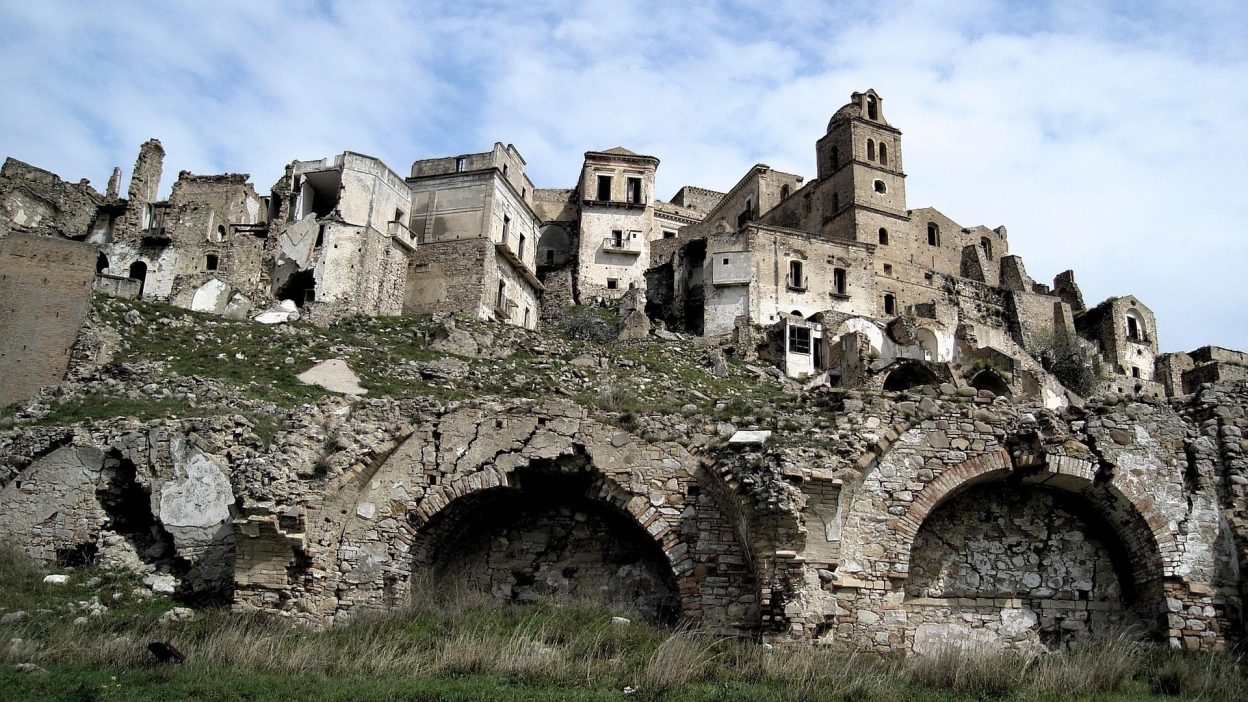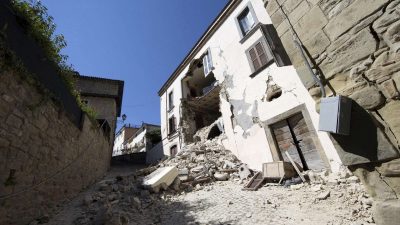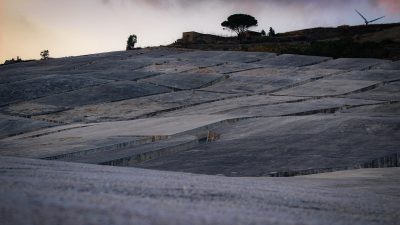How Ignored Warnings And Government Negligence Fueled Italy’s Catastrophic Tragedy
At the break of dawn on 28th December 1908, Italy witnessed one of the deadliest natural disasters in European history. A 7.1-magnitude earthquake struck the city of Messina, reducing it to rubble in mere seconds. Over 100,000 people lost their lives as buildings collapsed, and a catastrophic tsunami followed, drowning those who had survived the initial tremors. Entire families perished, the ground cracked open, and the air filled with the screams of the trapped and the dying. The 1908 Messina Earthquake was not just a seismic disaster—it was a tragedy that reshaped the nation’s history.
Despite its devastating impact, the disaster left behind crucial lessons on earthquake preparedness, governance failures, and the unthinkable human suffering that followed. But could this catastrophe have been prevented? And did the Italian authorities fail their people?
A City Swallowed Whole: How Messina Was Reduced to Rubble in Seconds
Messina, a thriving coastal city in Sicily, stood no chance against the monstrous earthquake that struck just before 5:21 AM. With most residents still in bed, buildings collapsed like houses of cards, trapping thousands beneath the wreckage. The force of the tremors was so intense that even Reggio Calabria, across the Strait of Messina, was heavily impacted.
Eyewitnesses described the streets as war zones—churches crumbled, railway lines twisted beyond recognition, and fires broke out, consuming whatever was left standing. In a matter of seconds, 90% of Messina’s buildings were obliterated. The destruction was so absolute that Messina, once a flourishing city, became an apocalyptic wasteland.
But the horror did not end there. Just minutes after the quake, a powerful tsunami crashed into the coastline, obliterating what little remained. Walls of water up to 13 metres high swept away survivors, fishing boats, and entire neighbourhoods. The city that had stood for centuries was no more.
Could It Have Been Prevented? The Ignored Warnings Before the Disaster
The tragedy of Messina was not just the result of nature’s wrath—it was also a failure of human preparedness. Seismologists of the time had warned about Sicily’s unstable fault lines, yet little was done to reinforce buildings or create evacuation plans.
In the years leading up to the earthquake, minor tremors had repeatedly shaken the region, serving as warnings that went largely ignored. The local authorities failed to implement seismic safety measures, and most buildings were constructed using outdated techniques, making them highly vulnerable to collapse. Instead of heeding expert concerns, officials chose to believe that Messina was safe from a major quake.
Had these warnings been taken seriously, lives could have been saved. But as history has shown, ignorance and complacency often prove just as deadly as the disasters themselves.
The Shocking Truth: Did the Italian Government Fail Messina’s People?
In the aftermath of the earthquake, chaos and confusion reigned. While international aid poured in, the Italian government’s response was slow, disorganised, and insufficient. Survivors were left without food, water, or medical care for days, as emergency services struggled to navigate the ruined city.
Many accused the authorities of neglecting the southern regions of Italy, treating them as less important than the wealthier northern cities. The government’s incompetence became even more evident when it was revealed that aid distribution was plagued by corruption and inefficiency. Supplies meant for victims often fell into the wrong hands, and many desperate survivors were left to fend for themselves.
Even more controversially, the Italian government declared martial law, sending in the military to shoot looters on sight rather than prioritising rescue efforts. In a time of unimaginable human suffering, the state’s response was seen by many as cruel and inadequate.
The Forgotten Tsunami: The Disaster That Followed the Earthquake
- A double catastrophe: The earthquake was devastating, but the tsunami that followed was equally lethal. Entire coastal villages were swept into the sea, leaving nothing but empty shorelines.
- Waves as high as 13 metres: Survivors who fled to the beaches were engulfed by towering walls of water, drowning thousands who had managed to escape the quake.
- A tsunami no one expected: Unlike Japan, where tsunamis are common, Italy was unprepared for such a secondary disaster, making it even deadlier.
- Shipping disasters: Dozens of ships anchored in the Strait of Messina were overturned, taking sailors and passengers down with them.
- Final death toll unknown: While official estimates suggest 100,000 fatalities, many believe the real number is much higher, as entire communities were lost to the sea.
Did Italy Learn Anything? How the 1908 Quake Changed Seismic Research
Despite its horror, the Messina Earthquake revolutionised seismic research in Italy. Scientists began to study the region’s geological faults more closely, and laws were gradually introduced to enforce earthquake-resistant building designs. However, implementation was slow, and many fear that southern Italy remains dangerously vulnerable to future quakes.
The disaster also led to the creation of modern civil protection strategies, influencing global approaches to earthquake preparedness. But has Italy truly learned from its past? Even today, major earthquakes continue to cause devastation due to poorly enforced regulations and outdated infrastructure. Experts warn that unless stricter measures are taken, another Messina-scale catastrophe is inevitable.
Conclusion: A Disaster That Should Never Be Forgotten
The 1908 Messina Earthquake was more than a natural disaster—it was a human catastrophe exacerbated by negligence and poor governance. It exposed the deadly consequences of ignoring warnings, highlighted the failures of disaster response, and served as a grim reminder of nature’s unforgiving power.
More than a century later, the ghosts of Messina still haunt Italy’s seismic landscape. As earthquakes continue to strike the region, one question remains: Has Italy truly learned its lesson, or are we doomed to repeat history?
FAQs: Unanswered Questions About the 1908 Messina Earthquake
Q1: How many people died in the Messina earthquake?
Over 100,000 people lost their lives, making it one of the deadliest earthquakes in European history. The exact toll remains uncertain.
Q2: What caused the earthquake and tsunami?
The quake was triggered by a seismic rupture along the Messina Strait fault line, followed by a tsunami caused by underwater landslides.
Q3: Why was the damage so severe?
Messina’s poorly built structures, combined with the earthquake’s shallow depth and the unexpected tsunami, led to massive destruction.
Q4: How long did the earthquake last?
The main shock lasted 30–40 seconds, but its impact was felt for years due to the slow recovery and immense loss of life.
Q5: Could a similar earthquake happen in Italy today?
Yes. Italy remains highly seismically active, and many experts warn that another devastating earthquake could strike at any time.
Reference:
Messina Earthquake | American Experience | Official Site – PBS
Fault responsible for the 1908 Messina earthquake identified
Slip on a mapped normal fault for the 28th December 1908 Messina Earthquake
Writing the History of “Natural” Disasters: The case of Messina
The 1908 earthquake of Messina: An accounting perspective on the reconstruction




